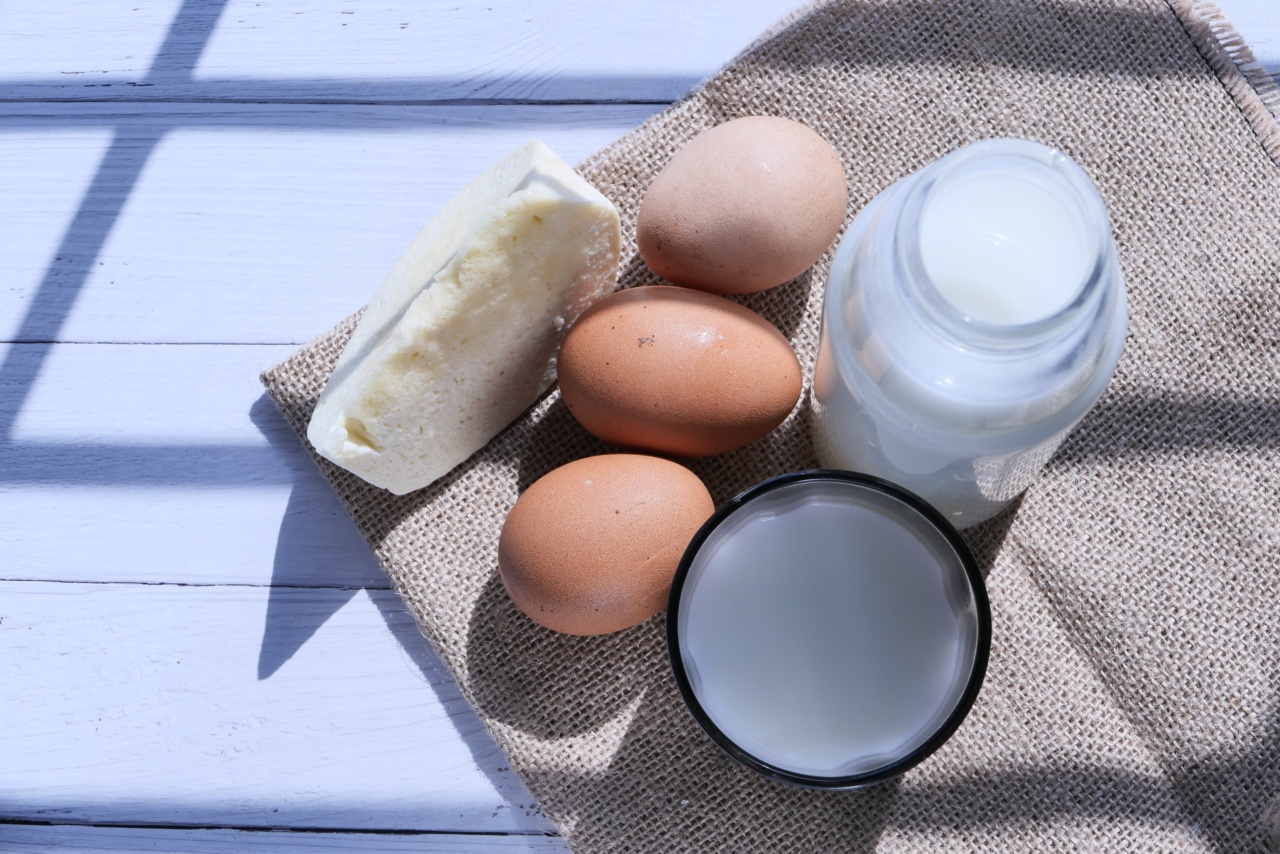Many of us rely on a variety of products to keep our hair and skin in top condition. However, it’s important to be aware of potential health risks that could be associated with certain ingredients in these products.
In this article, we’ll take a closer look at some of the most common ingredients found in condition products and their possible risks to our health.
Sulfates
Sulfates, such as Sodium Lauryl Sulfate (SLS) and Sodium Laureth Sulfate (SLES), are commonly used as cleansing agents in conditioners. These chemicals have been linked to skin irritation, scalp inflammation, eczema, and other allergic reactions.
Sulfates can also strip the natural oils from hair and skin, leaving them dry and brittle, which can lead to further damage.
Parabens
Parabens are synthetic preservatives commonly used to extend the shelf life of cosmetics and personal care products, including conditioners.
However, some research has suggested that parabens may mimic estrogen in the body, which could potentially disrupt the endocrine system and increase the risk of breast cancer. While the evidence is inconclusive, some people may prefer to avoid products containing parabens as a precautionary measure.
Formaldehyde
Formaldehyde is a colorless gas that is used as a preservative in some conditioners.
It can trigger allergic reactions, irritate the skin and eyes, and is classified as a carcinogen (a substance that can cause cancer) by the International Agency for Research on Cancer (IARC).
Phthalates
Phthalates are a group of chemicals that are often used as plasticizers in personal care products, including conditioners.
Some studies have linked phthalate exposure to developmental and reproductive problems, such as decreased sperm count and testicular cancer. While the evidence is still inconclusive, some organizations, such as the Campaign for Safe Cosmetics, recommend avoiding products that contain phthalates.
Mineral Oil
Mineral oil is a by-product of petroleum that is commonly used as a lubricant and emollient in conditioners and other personal care products.
Some people may be concerned about mineral oil because it is derived from a non-renewable resource and because it can clog pores and cause breakouts. However, there is no evidence to suggest that mineral oil is harmful to human health when used in small amounts.
Propylene Glycol
Propylene glycol is a synthetic liquid that is used as a moisturizing agent in conditioners and other personal care products. It has been linked to skin irritation, allergic reactions, and eczema in some people.
Propylene glycol can also be absorbed into the skin and potentially cause damage to the liver and kidneys.
Triclosan
Triclosan is an antibacterial chemical that is sometimes used in conditioners and other personal care products.
However, some studies suggest that triclosan can disrupt the endocrine system and contribute to the development of antibiotic-resistant bacteria. In particular, triclosan has been found to interfere with the thyroid gland, which could lead to hormonal imbalances and other health problems.
Cocamide DEA
Cocamide DEA is a foaming agent that is used in many shampoos and conditioners. However, it has been linked to cancer in some animal studies. The state of California has even listed Cocamide DEA as a known carcinogen under its Proposition 65 warning list.
The evidence is still inconclusive, but some people choose to avoid products containing Cocamide DEA to be on the safe side.
Fragrance
Fragrances are often added to conditioners and other personal care products to enhance their scent. However, many fragrances are made up of a complex blend of chemicals that can cause allergic reactions in some people.
Fragrances can also be labeled as “trade secrets,” which means that manufacturers aren’t required to disclose the specific ingredients that make up the fragrance.
Conclusion
While personal care products like conditioners are generally safe to use, it’s important to be aware of potential health risks associated with certain ingredients.
By reading product labels and doing your own research, you can make informed decisions about which products are best for you and your family’s health and well-being.































